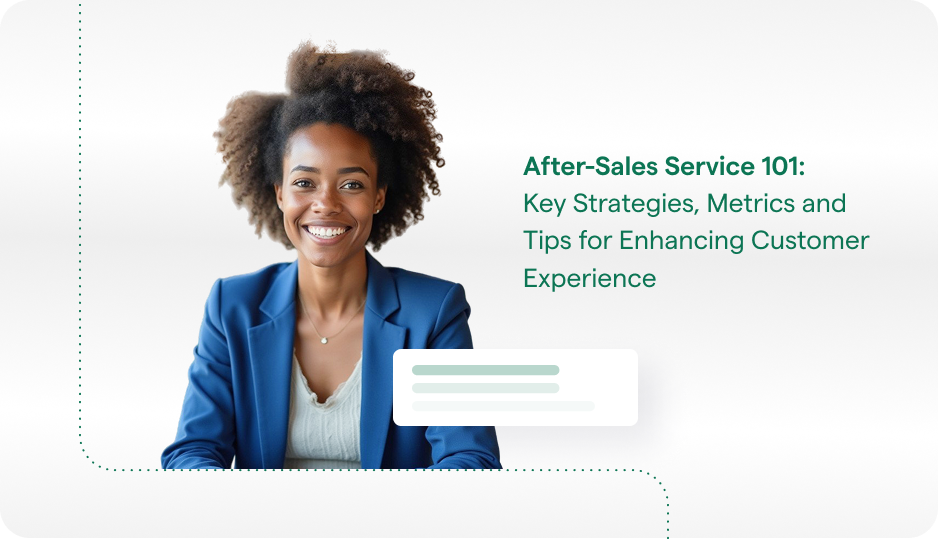Much of our daily communication is asynchronous: we send an email in the morning and receive a reply at noon; we respond to a group text after getting home from work; we answer Slack messages after finishing an important project. We flow easily between synchronous and asynchronous communication via these interfaces, sometimes texting in real-time, and other times responding whenever it is most convenient.
Messaging, in particular, lends itself well to this ebb and flow of timing: an easily viewable message history is always there for users to refresh their memory of the conversation, and it’s possible to have urgent conversations 100 percent in real-time.
As customer service moves toward an increasingly messaging-based model of service, it’s important to understand how to integrate the tenets of synchronous and asynchronous communication into the interactions between brands and consumers.
Users are accustomed to being able to pause and restart conversations at their convenience. This means that brands need to not only enable continuous messaging conversations without time constraints from a UX perspective, but brands also need to include notes, or “snapshots,” of conversation histories within the agent console in order to truly enable a seamless flow between synchronous and asynchronous conversation.
When it pays to be out of sync: allow your customers to leave the conversation
Today, most messaging-based customer service has time limits on it for the user. If a user that is conversing in a live chat window doesn’t respond for five minutes, for instance, agents will typically give a warning and then close out the conversation. While this makes sense from an agent perspective in order to continue working on other tickets, it can be incredibly frustrating from a user perspective.
Most consumers have had the painful experience of getting up to grab a cup of coffee while waiting for an agent response, only to return and find that the agent has left the conversation.
Restarting the conversation after an interruption like this is almost always equally frustrating. Sometimes the previous interaction disappears completely. Other times, a new agent hops on board and the user has to re-explain the problem from the beginning.
This problem is exacerbated when a user accidentally closes the window with the message or leaves the app. Rather than leaving the conversation in tact for the user to pick back up upon returning to the website or app, most brands will require the user to start from scratch. This phenomenon is exasperating to users who are treating messaging with a brand the same way they treat messaging with anyone else.
How to Enable Continuous Conversations with Synchronous and Asynchronous Capabilities
The conversation between a brand and a consumer should ebb and flow in the same way conversations between people do with messaging apps.
There are several ways to enable this without breaking the bank by having agents available for live chat 24/7:
1. Use Bots and Automation for 24/7 Communication
Bots embedded in the messaging experience enables brands to immediately establish a synchronous conversation without the cost and time investments associated with having live chat. Bots can “read” customer messages and respond quicker than human agents can to any frequently asked question.
Additionally, when escalating to an agent is necessary in a bot-based messaging interaction, automated triage and conversation snapshots can ensure that a conversation is correctly routed to the appropriate agent, and that the agent can enter the conversation immediately from where the bot left off.
2. Optimize Operations through Segmentation
Many brands choose to provide priority customers with 24/7 live messaging, even if it’s not feasible to provide this service to all users. Brands that use this approach can then employ asynchronous communication to fill in the gaps with other user groups. This provides the ideal customer experience across all users considering staffing and cost constraints.
3. Give agents a Holistic View of Customer History
While messaging conversations appear continuous to the consumer, it might not be on the agent side — so getting a new agent rapidly up to speed through a snapshot at the beginning of any conversation is necessary for enabling continuous conversations.
The relationship between consumers and brands is perfectly suited for the asynchronous and synchronous capabilities of messaging. Unfortunately, though, most brands haven’t utilized it. As messaging becomes increasingly ubiquitous — both in consumer to consumer interactions and in brand to consumer interactions, companies that embrace the best tenets of messaging capabilities will gain a competitive edge and a satisfied customer base.
Learn more about getting started with messaging-based customer service today.
Want to learn more?
- Customer Service Glossary Article: What is Asynchronous Messaging?
- Additional Product Information: Helpshift Asynchronous Messaging



